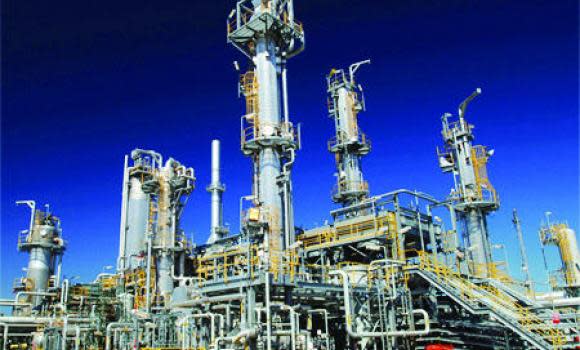Gross domestic product (GDP), adjusted for inflation, expanded 2 percent from a year earlier last quarter, down from 2.4 percent in the third quarter and 4.9 percent in the final quarter of 2013. For all of 2014, GDP grew 3.6 percent.
John Sfakianakis of Ashmore Group told Arab News: “Given that oil prices have been falling aggressively in the fourth quarter, it is to be expected that quarterly GDP would decline.” He added: “Despite the fall in oil prices, nonoil GDP performed strongly in 2014 and is expected to do well in 2015, albeit at a slower pace. Oil prices have an impact on government revenues as oil still accounts for most of what the government earns in revenues but it also impacts confidence over the long-term among investors.
However, the government continues to do its best to keep the economy going and support private sector growth.”
Sfakianakis said: “The 3.6 percent headline figure for 2014 was good and it remains to be seen if the economy would be able to reach 3 percent real GDP growth in 2015.
The oil price slide has slashed Saudi Arabia’s state revenues but will not affect GDP growth directly unless the volume of oil output changes. Saudi crude oil output has edged down only slightly in recent months, to 9.62 million barrels per day in December from 9.85 million bpd last June, according to a Reuters survey.
GDP in the oil sector shrank 2.3 percent year-on-year in the third quarter of 2014 but was flat in the fourth quarter. Growth of nonoil GDP slowed sharply, however, to 3.7 percent from 6.4 percent.
Asad Khan, senior economist at Jadwa Investment, said: “The sharp drop in oil prices may have a psychological impact on the private sector but the recent budget announcement highlights the strong commitment of the government in sustaining its expansionary stance at a very high level, which will play a vital role in supporting the economy going forward.” Khan added: “The government will remain committed to key large-scale industrial projects and these industries will help diversify the economy both by increasing the share and productivity of nonoil sectors and also by raising the utilization rates of mineral resources.”
The slowdown in Saudi GDP growth in Q4, to 2 percent, provides the first evidence that the plunge in oil prices has caused growth to soften. But so far, there are no signs of a collapse in output, according to a report from Capital Economics released on Wednesday.
Alongside Wednesday’s GDP release, the Saudi Statistics Office has rebased its quarterly GDP figures. The real GDP series is now based on 2010 prices, having previously been fixed at 1999 prices. The result of this is that the oil sector now receives a much larger weight. This doesn’t have any impact on events in the ground, but it does mean that movements in oil output volumes do have a greater impact on the growth figures. As a result of this rebasing, there have been significant revisions to earlier GDP data.
The International Monetary Fund has said it expected the Saudi economy to make a growth rate of 2.8 percent in 2015 compared to 4.4 percent in 2014 as a result of falling oil prices that account for the lion’s share of the country’s revenue.
“The Kingdom made an actual growth of 3.6 percent in 2014,” the IMF said in a bulletin published on Tuesday. The Kingdom’s GDP in real prices amounted to SR1.304 trillion, registering a growth of 3.59 percent compared to 2013, the bulletin added.





























